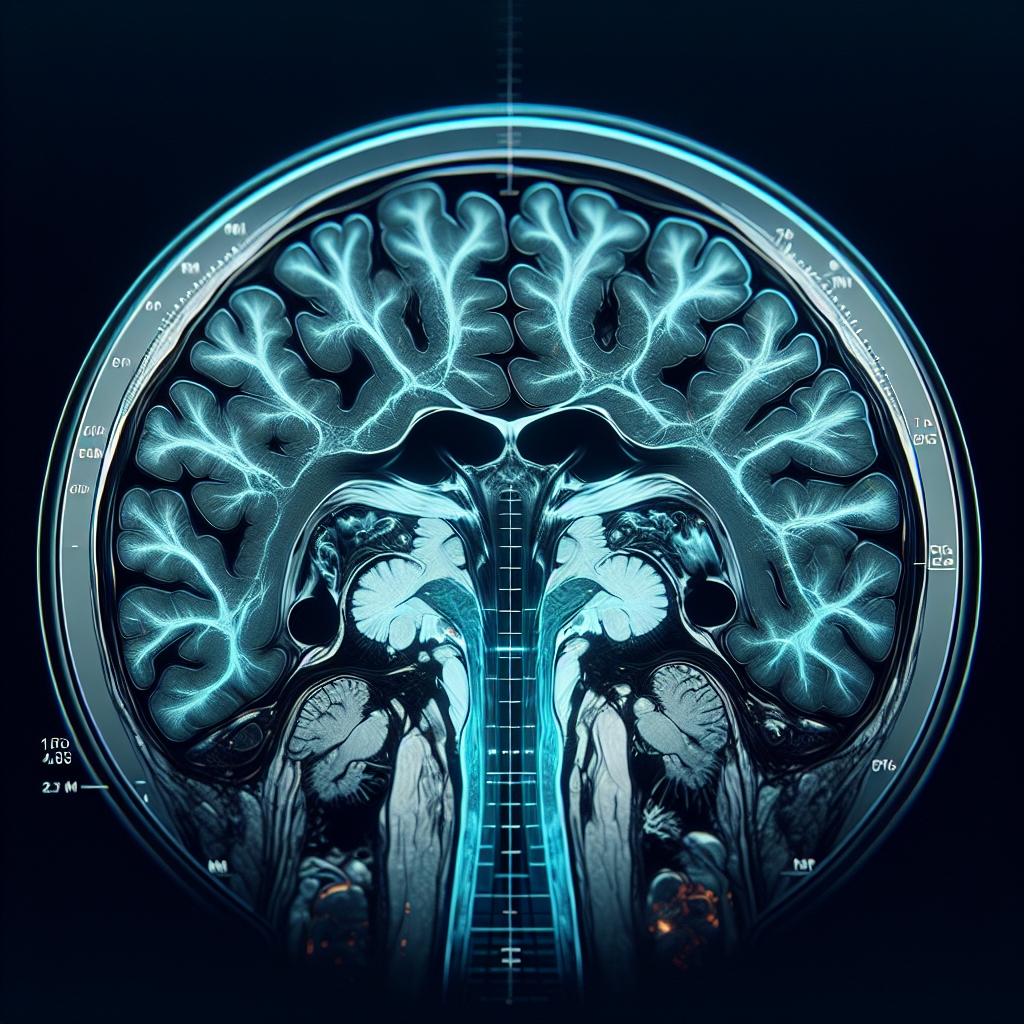Magnetic Resonance Imaging (MRI) is a powerful diagnostic tool widely used in the medical field to create detailed images of the organs and tissues within the body. One of the elements that play a crucial role in enhancing the quality of these images is gadolinium. This article delves into the world of gadolinium, exploring its properties, its application in MRI technology, and the safety considerations associated with its use. Through understanding gadolinium’s role in MRI, we can appreciate the advancements in medical imaging and the ongoing efforts to ensure patient safety.
The Role of Gadolinium in MRI
Gadolinium is a rare earth metal with unique magnetic properties that make it invaluable in the field of medical imaging, particularly in Magnetic Resonance Imaging (MRI). When used as a contrast agent, gadolinium enhances the quality of MRI scans, providing clearer, more detailed images. This improvement in image quality is crucial for the accurate diagnosis and treatment of various medical conditions.
In MRI, gadolinium is administered intravenously as a contrast agent. Its magnetic properties interact with the magnetic fields and radio waves used in MRI, affecting the relaxation times of hydrogen atoms in water molecules within the body. This interaction enhances the contrast between different tissues, making it easier to distinguish between healthy and diseased tissue. The enhanced contrast is particularly beneficial in imaging blood vessels, tumors, and areas of inflammation.
The use of gadolinium-based contrast agents (GBCAs) has revolutionized MRI technology, enabling more precise and early detection of diseases. It has proven especially useful in the diagnosis of brain tumors, spinal lesions, and heart diseases. Moreover, gadolinium-enhanced MRI is also employed in the assessment of liver diseases and in the evaluation of breast cancer.
Types of Gadolinium-Based Contrast Agents
There are several types of gadolinium-based contrast agents available, each with specific properties and applications. These can be broadly categorized into linear and macrocyclic agents, based on their chemical structure. The structure of the GBCA influences its stability, which is an important factor in its safety profile.
- Linear agents: These GBCAs have an open-chain structure. They are less stable than macrocyclic agents, meaning they are more likely to release gadolinium ions into the body. Examples include gadodiamide and gadopentetate dimeglumine.
- Macrocyclic agents: These have a ring-like structure that tightly encases the gadolinium ion, making them more stable and less likely to release gadolinium. Examples include gadoterate meglumine and gadobutrol.
The choice of GBCA often depends on the specific requirements of the MRI examination and the patient’s health condition. Macrocyclic agents are generally preferred due to their higher stability and lower risk of gadolinium deposition in the body.
Safety Considerations and Recent Advances
While gadolinium-enhanced MRI is a powerful diagnostic tool, concerns have been raised about the safety of gadolinium-based contrast agents. The primary concern is the risk of gadolinium deposition in the brain and other tissues, which has been observed in some patients following repeated use of certain GBCAs. Although no clear health effects have been directly linked to gadolinium deposition, the potential long-term effects are still under investigation.
To address these concerns, regulatory agencies such as the U.S. Food and Drug Administration (FDA) and the European Medicines Agency (EMA) have issued guidelines and recommendations on the use of GBCAs. These include limiting the use of high-risk GBCAs, especially in patients with kidney problems, who are at higher risk of developing nephrogenic systemic fibrosis (NSF), a rare but serious condition associated with gadolinium exposure.
Research is ongoing to develop safer GBCAs and alternative imaging techniques that do not rely on gadolinium. Advances in MRI technology, such as non-contrast MRI techniques, are also being explored to reduce the need for contrast agents. Meanwhile, the development of new gadolinium-based agents with improved safety profiles continues to be a focus of research in the field of medical imaging.
In conclusion, gadolinium plays a pivotal role in enhancing the capabilities of MRI, offering detailed insights into the human body that are crucial for diagnosis and treatment. While safety concerns necessitate careful use and ongoing research, the benefits of gadolinium-enhanced MRI in medical diagnostics are undeniable. As technology advances, the continued evolution of MRI techniques promises to further improve patient care while minimizing risks.

